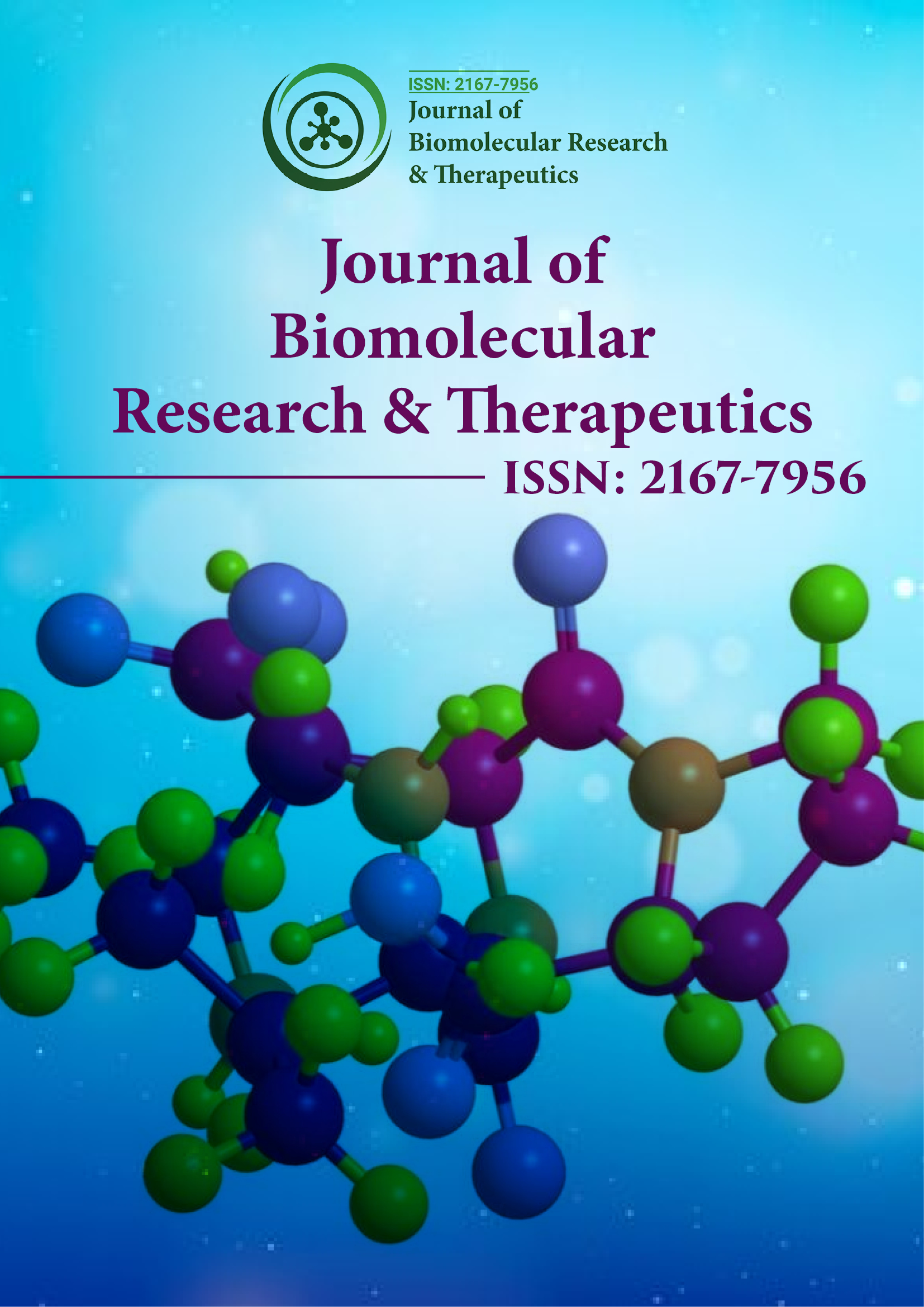インデックス付き
- Jゲートを開く
- Genamics JournalSeek
- 研究聖書
- 電子ジャーナルライブラリ
- レフシーク
- ハムダード大学
- エブスコ アリゾナ州
- OCLC-WorldCat
- SWBオンラインカタログ
- 仮想生物学図書館 (vifabio)
- パブロン
- ユーロパブ
- Google スカラー
このページをシェアする
ジャーナルチラシ

概要
乳がん薬物療法の有効性を予測する新しい方法としてのプランク分布方程式
シュレシュト・ラジャン*
患者固有の個別化医療は、明らかに、最適化された治療を施し、治療関連死亡を防ぐために必要です。乳がん治療の予測モデルを開発するために、以下の研究では、16 週間のドキソルビシン治療の前後の 20 人の乳がん患者から得られた 4,704 個の遺伝子の mRNA データを分析しました。各患者のゲノム データは、腫瘍およびドキソルビシン治療に対する mRNA 発現に基づいて最初に 9 つのグループに層別化されました。次に、この研究では、ラトガース大学で発見されたプランク分布方程式 (PDE) を使用して、各メカニズムを PDE で近似した単一のロングテール ヒストグラムに変換することにより、層別サンプルをモデル化しました。PDE は、ロングテール ヒストグラムをプランク平面上の特定の関数カテゴリに線形にマッピングするために使用される新しいアルゴリズムです。私たちの PDE モデルは、3 つのパラメーター (A、B、C) に基づいており、プロットを生成するために各モデルから 2 つが抽出されました。次に、各患者の 9 つのメカニズムすべてについて、A 対 C プロットの薬剤誘発性傾斜を決定しました。この研究では、より長期生存している患者で、6 つの異なる遺伝子グループにおいて治療後の mRNA レベルが上昇していることが確認されました。さらに分析すると、患者の生存期間に基づいて、薬剤治療が 9 つのメカニズムのそれぞれを独自に変化させた方法が示されました。これらの結果は、ここで説明した PDE ベースの手順が、潜在的な抗乳がん医薬品を発見するための新しいツールになる可能性があることを示しています。
免責事項: この要約は人工知能ツールを使用して翻訳されており、まだレビューまたは確認されていません